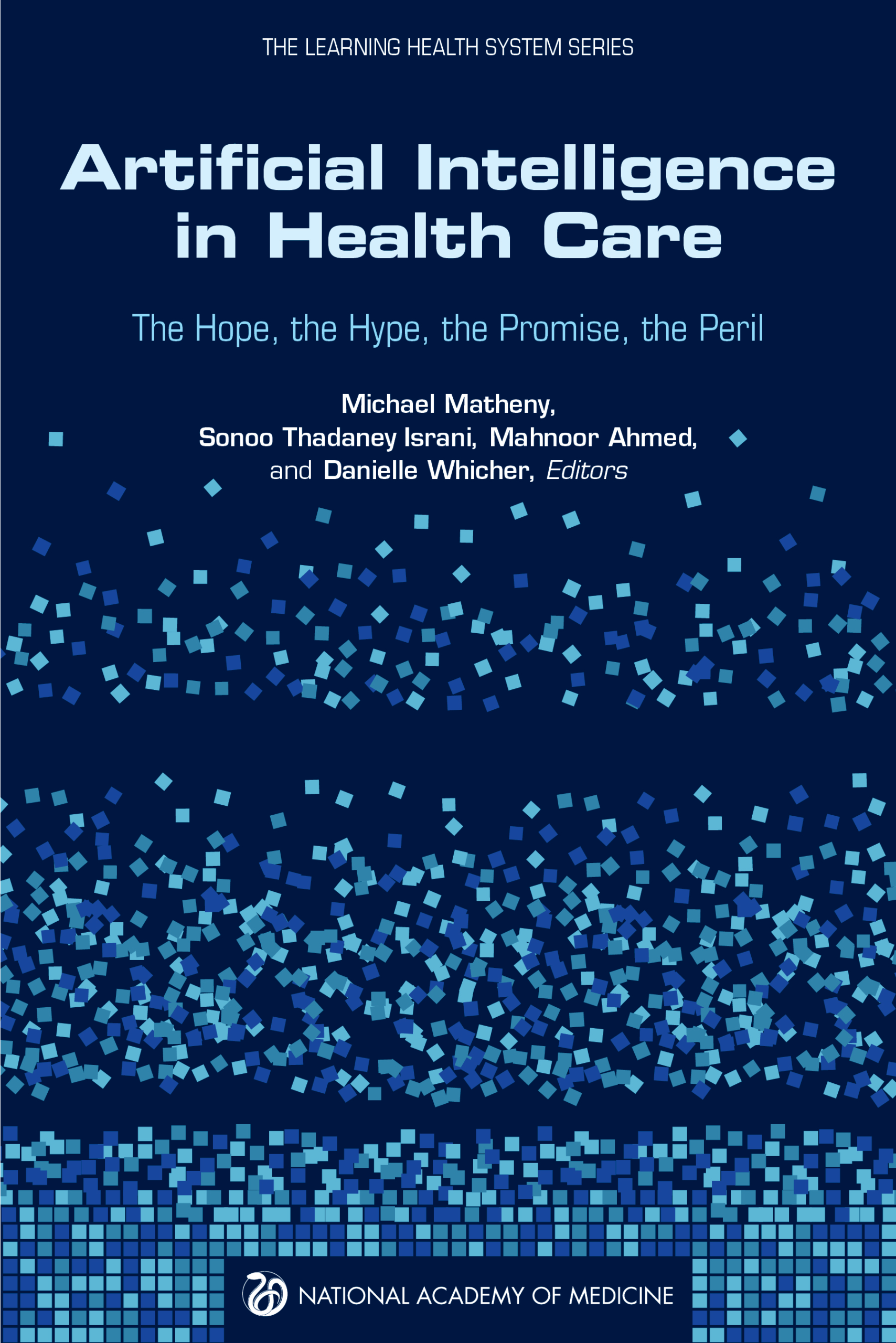A Chinese scientist who shocked the medical community last year when he said he had illegally created the world's first gene-edited babies has been sentenced to three years in prison by a court in southern China.Such unethical medical behavior is the worst news of 2019. And this article explained last June the reasons:
He Jiankui announced in November 2018 that he had used a powerful technique called CRISPR on a human embryo to edit the genes of twin girls. He said he modified a gene with the intention of protecting the girls against HIV, the virus that causes AIDS. Many scientists expressed concerns about possible unintended side effects of the genetic changes that could be passed down to future generations.
Last fall, He also indicated there might be another pregnancy involving a gene-edited embryo. The court indicated that three genetically edited babies have been born.
The closed court in Shenzhen found He and two colleagues guilty of illegal medical practice by knowingly violating the country's regulations and ethical principles with their experiments, Xinhua news agency reported. It also ordered He to pay a fine of about $430,000.
The link between CCR5 and HIV is fairly well studied. Disabling CCR5 removes the doorway HIV uses to enter and infect cells, but it does so only for some strains of HIV; there are others that don’t need CCR5. Further, the genetic sequence He’s edits produced does not match this well-studied variant of CCR5; in fact, it has never been observed in humans or animals. In other words, no one has any idea whether the variant with which Lulu and Nana are now living will affect HIV immunity or anything else.And this article reminds us that, despite the appearance of agreement, ethical questions that have surrounded human germline editing for years have yet to be properly addressed.
That’s a key issue: Genes don’t do just one thing. Most illnesses and traits are influenced by dozens, hundreds, even thousands of DNA variations. Each of our roughly 20,000 genes is linked to many different aspects of our physiology and health. So what else does CCR5 do? A variant that provides protection against HIV also seems to increase susceptibility to a number of more common diseases, like flu and West Nile virus.
CCR5 has also been linked to brain function, which led to some sensational headlines and media speculation that the gene-edited babies might have enhanced brains. There are likely myriad other processes to which CCR5 contributes that we don’t know about yet. To that point: before the recent study, no one had researched whether the CCR5 mutation resulted in better or worse health over a person’s lifetime.
The CCR5 story illustrates a flaw in the logic that underlies gene editing. Efforts to change one gene to affect one illness in a future person ignore the fact that health is the result of infinitely complex interactions within and outside a person’s body. In most cases, the presence or absence of a particular genetic variant is not the sole determinant of a disease or condition.
Unnatural Selection: Season 1 | Main Trailer | Netflix


